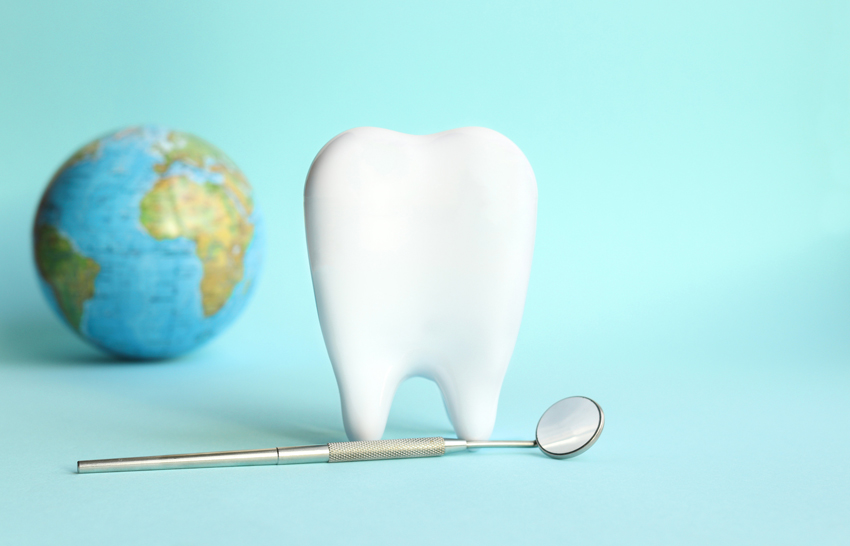
According to the World Health Organization (WHO), "Oral health is the state of the mouth, teeth, and orofacial structures that enables individuals to perform essential functions such as eating, breathing, and speaking, and encompasses psychosocial dimensions such as self-confidence, well-being, and the ability to socialize and work without pain, discomfort, or embarrassment."1
WHO's "Global Oral Health Status Report: Toward Universal Health Coverage for Oral Health by 2030" was published in November 2022.2 According to the report, around 3.5 billion individuals worldwide suffer from oral illnesses. The estimated number of cases of oral diseases has increased by 50% during the past 30 years. Data profiles for 194 nations, including the United States, are included in the report.2 Dental caries, periodontal disorders, edentulism, and cancer of the lips and oral cavity cause the greatest burden of oral diseases.2,3 These untreated chronic illnesses pose a serious threat to public health. They are detrimental to the general well-being of society and to the social, economic, emotional, and mental health of individuals. Untreated oral conditions cause absenteeism from work and school, which reduces productivity.2,4
Despite the fact that over US $390 billion is spent on oral health care globally, it is not distributed equally among countries.2,4 The majority of those who suffer from these oral disorders live in lower- and upper middle-income nations, similar to other non-communicable diseases.2,5 According to a 2020 study, oral healthcare accounts for a small percentage of low-, middle-, and high-income countries' annual gross domestic product (GDP).6
Many oral disorders are preventable through public health measures or, if detected early, may only require simple, straightforward procedures.2 However, there are numerous obstacles to receiving oral health care treatment, particularly for low-income and disadvantaged groups. These include, but are not limited to, access to care, the cost of services, a dearth of public health programs, and the availability of oral health care professionals.2,6
It is important to acknowledge oral diseases as a problem for global public health. Efforts should be made to close the gaps, promote integration of oral health care programs into medical care7, and address oral health disparities in disadvantaged populations.6
Author Bio

Anupama Grandhi, B.D.S, D.D.S
Dr. Anupama Grandhi is an Associate Professor in the Department of Oral & Maxillofacial Surgery at the School of Dentistry and Assistant Professor in the Department of Pathology & Human Anatomy at the School of Medicine. She is a Diplomate of the American Board of Oral and Maxillofacial Pathology and a Fellow of the American Academy of Oral and Maxillofacial Pathology. Her research interests include oral cancer and wellbeing.
References
- https://www.who.int/health-topics/oral-health
- https://www.who.int/publications/i/item/9789240061484
- Kassebaum NJ, Bernabé E, Dahiya M, Bhandari B, Murray CJL, Marcenes W. Global Burden of Untreated Caries: A Systematic Review and Metaregression. Journal of Dental Research. 2015;94(5):650-658. doi:10.1177/0022034515573272 3
- Listl S, Galloway J, Mossey PA, Marcenes W. Global Economic Impact of Dental Diseases. Journal of Dental Research. 2015;94(10):1355-1361. doi:10.1177/0022034515602879
- de Lucena, E.H.G., da Silva, R.O., Barbosa, M.L. et al. Influence of socioeconomic status on oral disease burden: a population-based study. BMC Oral Health 21, 608 (2021). https://doi.org/10.1186/s12903-021-01970-w
- Kate J. O'Brien, Vivian M. Forde, Michelle A. Mulrooney, Emma C. Purcell, Gerard T. Flaherty. Global status of oral health provision: Identifying the root of the problem. First published: 29 March 2022. https://doi.org/10.1002/puh2.6
- https://www.cdc.gov/chronicdisease/programs-impact/pop/oral-disease.htm
